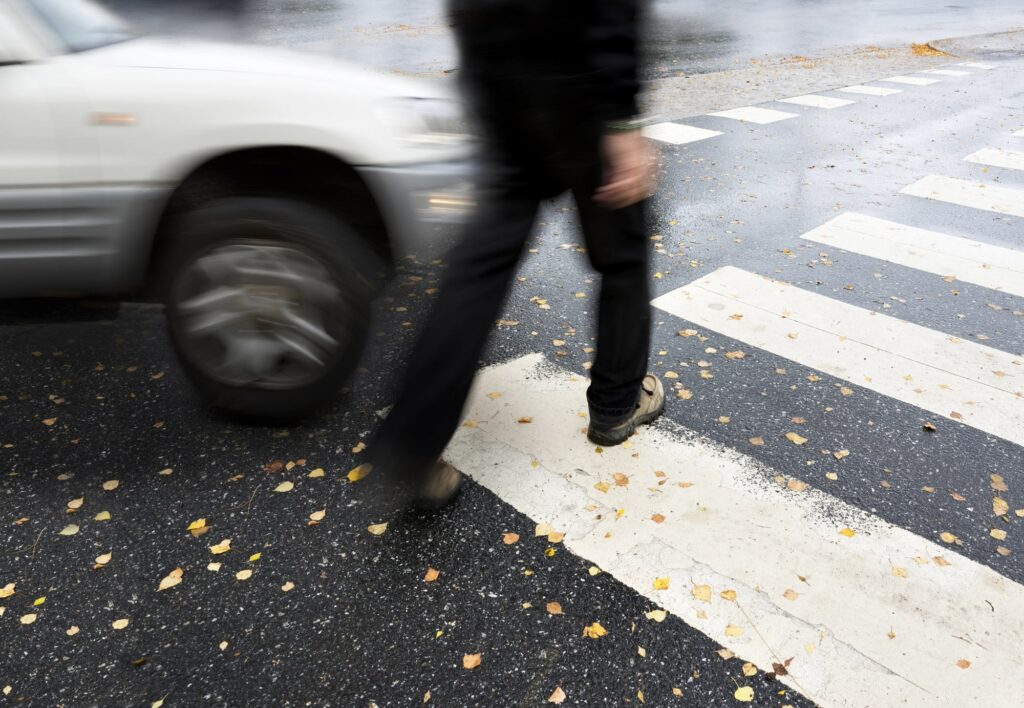Pedestrian accidents often lead to life-altering injuries. When a person is struck by a vehicle, the damage can be extensive, and recovery can take months or years. In the most serious cases, the injuries are permanent. A lawyer, like a pedestrian accident lawyer, knows that if this happens, pursuing compensation is about more than covering immediate medical bills — it’s about securing long-term support for every part of life the injury affects.
Here’s what to know about pursuing compensation after a catastrophic pedestrian injury and why it’s important to act carefully and thoroughly.
Common Types Of Catastrophic Injuries
Not every injury is considered catastrophic. In legal terms, these are injuries that have a lasting impact on a person’s ability to live or work as they did before the accident. Some of the most common include:
- Traumatic brain injuries
- Spinal cord damage
- Amputations
- Severe burns
- Multiple fractures with long-term disability
These injuries often require extended hospital stays, surgeries, physical therapy, home care, and assistive devices like wheelchairs or prosthetics.
Costs That Compensation May Cover
After a catastrophic injury, compensation is not limited to current medical bills. A complete claim should account for:
- Ongoing and future medical care
- Lost income and loss of future earnings
- Modifications to the home or vehicle
- Pain and suffering
- Emotional and psychological harm
- Loss of independence or enjoyment of life
Medical bills from a catastrophic injury can easily reach hundreds of thousands of dollars — and without proper compensation, those costs can push individuals and families into bankruptcy. Each case is different, and the total compensation needed can vary significantly depending on the injury and the individual’s circumstances. A thorough evaluation is critical to avoid settling for less than is needed.
How Fault Affects A Claim
To recover compensation, it’s necessary to show that another party was at fault. In a pedestrian accident, this may involve proving the driver acted recklessly, failed to yield, was distracted, or broke a traffic law. In some cases, fault might also involve a government agency or third party — for example, if a crosswalk was poorly marked or traffic signals were malfunctioning.
Contributing factors on the part of the pedestrian may also affect a claim. States handle this differently, so working with someone who understands local rules can make a difference.
Why Time Matters In Catastrophic Injury Cases
There are legal time limits for filing a personal injury claim. If those deadlines pass, the chance to recover compensation may be lost. But time matters for other reasons, too. Evidence is easier to gather shortly after an accident. Medical records, witness statements, and accident scene details can all strengthen a claim, but they become harder to obtain as time goes on.
Acting sooner rather than later helps preserve the facts needed to support a full and fair recovery.
The Long-Term Impact Of A Catastrophic Injury
People who suffer life-changing injuries often face more than physical challenges. These injuries can affect personal relationships, future goals, and mental health. Compensation is not just about the money — it’s about giving someone the support they need to rebuild as much of their life as possible.
Attorneys like those at Herschensohn Law Firm, PLLC can attest that a well-prepared claim can make a real difference in that recovery. Being careful, thorough, and proactive gives injured pedestrians a stronger foundation for the future. For help, get in touch with a local law firm.

